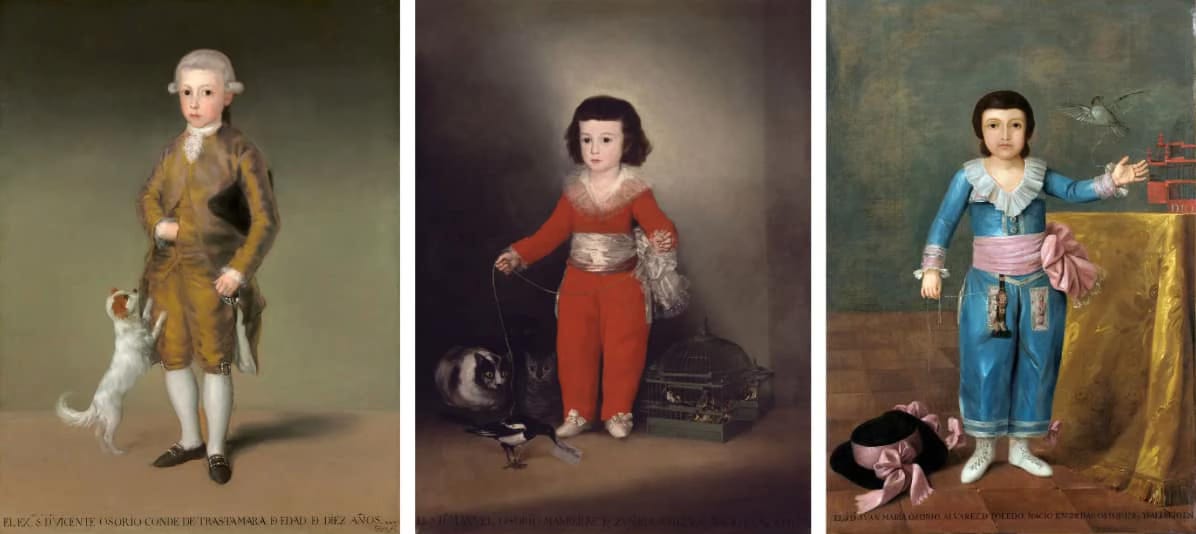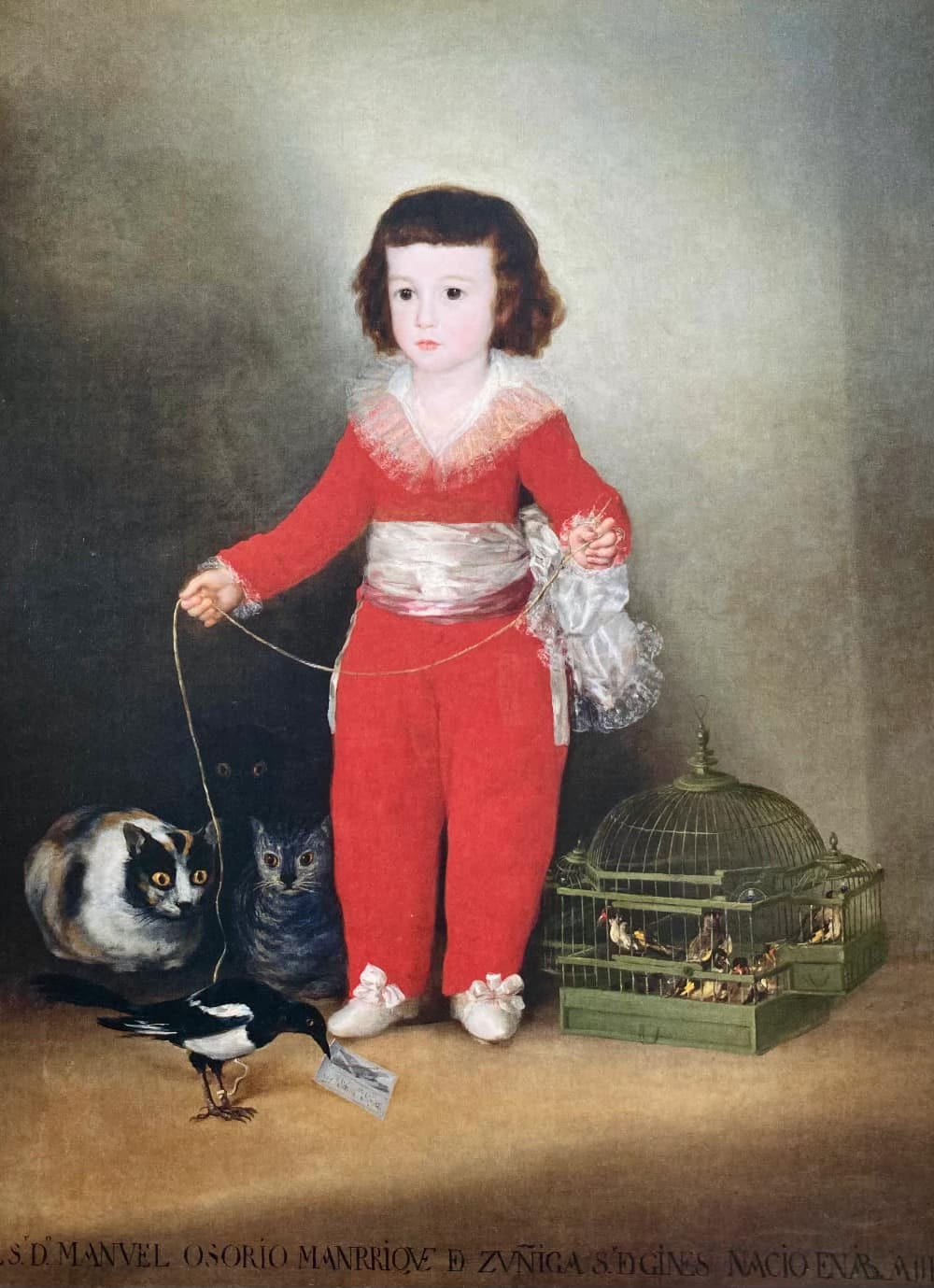Francisco de Goya’s Red Boy—officially titled Don Manuel Osorio de Zúñiga—has transcended its origins as an 18th-century portrait, evolving into a cultural icon celebrated across continents.
Known for its striking imagery, emotional depth, and historical intrigue, the painting has captivated art lovers and people from the most diverse backgrounds.
From its creation by one of Spain’s greatest artists to its rise as a symbol of celebrity in 20th-century America, the story of Red Boy highlights how art can bridge time, geography, and cultural shifts.
Table of Contents: The Painting / Joseph Duveen / Paris / New York: Jules Bache / Kitty Miller / The Nickname “Red Boy” and the Influence of Celebrity Culture / Exhibitions and Public Reception / The Role of Reproductions and Popular Media / Artistic and Cultural Impact / Legacy
If you aren’t subscribed yet, hit the subscribe button below to receive the Adorable Stories every weekend, directly in your inbox:
The Painting
Created in the late 1780s or early 1790s, Don Manuel Osorio de Zúñiga is a portrait of a young boy from a prominent Spanish family, the Altamiras, who were among Goya’s most important patrons.
Don Manuel was the youngest son of Vicente Joaquín Osorio de Moscoso y Guzmán, the Count of Altamira, one of Spain’s wealthiest noblemen and a member of the influential Altamira banking family.
The portrait was commissioned by the boy’s family in the late 1780s or early 1790s, during the height of Goya’s career as official court painter to Charles IV of Spain.

At the time, portraits like this were not merely artworks but also symbols of family pride, lineage, and social status. Goya’s rendering of Don Manuel dressed in an elaborate red outfit surrounded by animals would have been seen as a charming representation of innocence and aristocratic refinement.
However, Goya’s characteristic hints of unease—seen in the watchful, predatory gaze of the cats and the magpie holding a calling card with Goya’s signature—add layers of psychological complexity that may not have been fully appreciated at the time of its creation but resonate deeply with modern viewers.
Goya’s talent for capturing the innocence and complexity of childhood shines through in this work. The boy is dressed in a vivid red suit, a color that dominates the composition and gives the painting its popular nickname, “Red Boy.” He holds a leash tied to a magpie, a bird that perches delicately in the foreground, flanked by three cats with piercing eyes. The scene is both charming and unsettling, a hallmark of Goya’s ability to blend beauty with hints of darkness.
Keep reading with a 7-day free trial
Subscribe to Adorable Times’ Newsletter to keep reading this post and get 7 days of free access to the full post archives.





